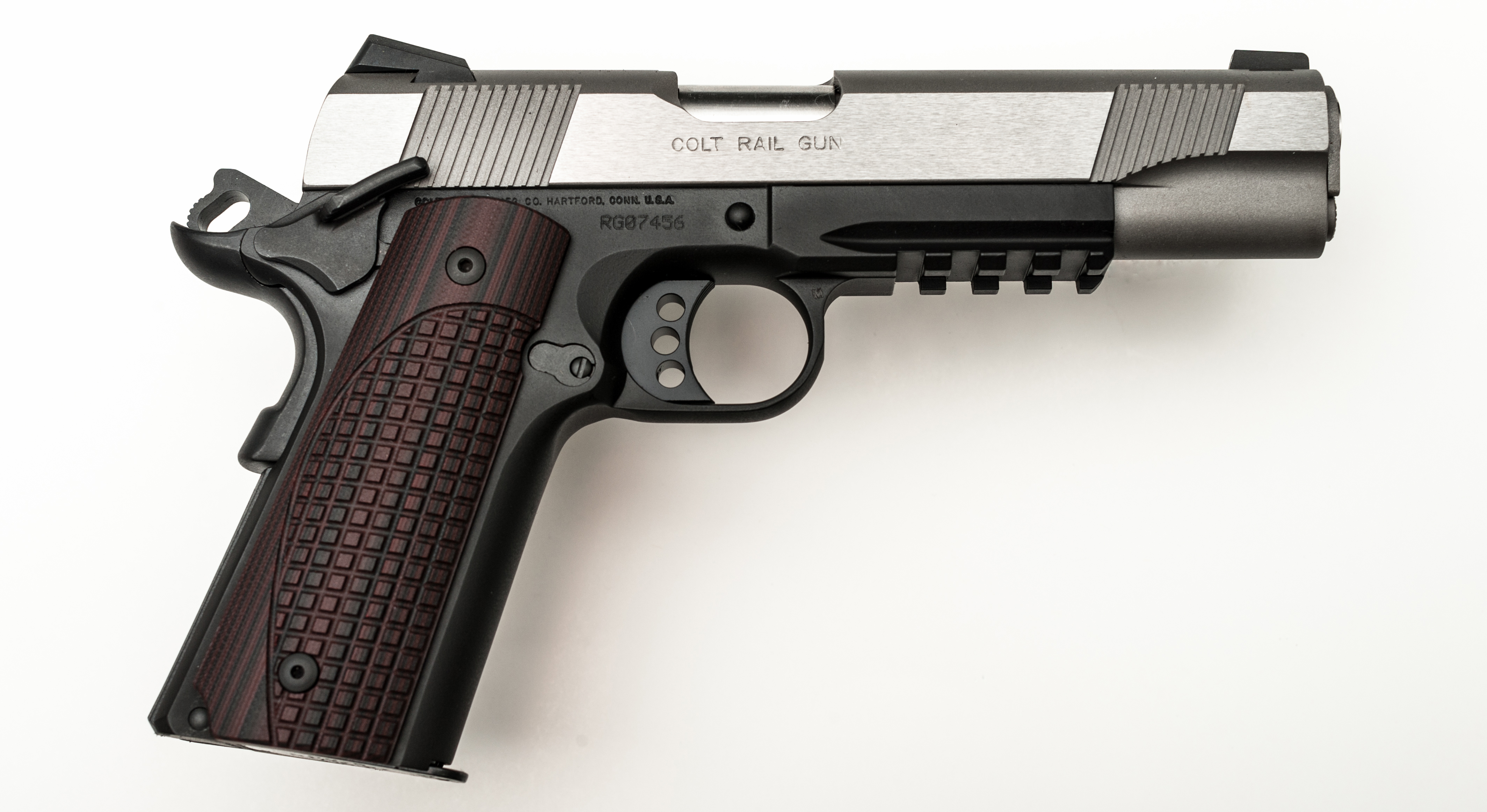
Firing up the Facts: Exploring the World of Firearms
Firearms have played a significant role in shaping history and society. With their ability to harness destructive power, they have become both tools of protection and instruments of violence. Ammunition, the life force of any firearm, allows these machines to exert their deadly force and carries immense responsibility. In this article, we will delve into the world of firearms, exploring their various types, their impact on society, and the role of ammunition in their operation. Whether you are a staunch advocate or concerned observer, join us as we fire up the facts and explore the intricate world of firearms.
Ammunition Types
In the world of firearms, understanding the different types of ammunition is crucial. Ammunition serves as the lifeblood of any firearm, providing the necessary power and projectile to propel it forward. Whether you are a firearm enthusiast or a beginner looking to delve into this world, knowing about the various ammunition types is essential.
Full Metal Jacket (FMJ): Full Metal Jacket ammunition, commonly known as FMJ, is one of the most widely used types. It features a soft lead core surrounded by a harder metal jacket, usually made of copper or steel. This design provides enhanced penetration, making FMJ rounds popular for target shooting and military applications.
Hollow Point (HP): Hollow Point ammunition is specially designed to expand upon impact. These rounds have a hollowed-out tip that allows for controlled expansion, creating a larger wound channel and transferring more energy to the target. Hollow Point rounds are commonly used for self-defense purposes due to their excellent stopping power.
Ballistic Tip: The Ballistic Tip ammunition offers the best of both worlds – the accuracy of a target round and the terminal performance of a hollow point. It combines a plastic polymer tip with a lead core, allowing for controlled expansion upon impact. This type of ammunition is popular among hunters due to its remarkable precision and effective energy transfer.
Understanding the different ammunition types is essential for responsible firearm usage. Whether you’re practicing at the range or preparing for a self-defense situation, selecting the appropriate ammunition can make a significant difference in performance and results. Remember to always adhere to safety guidelines and stay informed about any local regulations regarding ammunition and firearms.
Firearm Categories
Firearms can be categorized into three main types based on their functionality and design: handguns, rifles, and shotguns. Each category serves different purposes and operates in distinct ways to meet various needs of its users.
Handguns, also commonly referred to as pistols, are firearms designed to be held and operated with a single hand. They are typically compact and have a short barrel length, making them easy to carry and conceal. Handguns are often used for self-defense, law enforcement, and sport shooting events. They fire a single round of ammunition with each pull of the trigger.
Rifles are long-barreled firearms with rifling inside the barrel, which imparts spin to the projectile for increased accuracy. They are held against the shoulder and fired with both hands. Rifles have longer effective range and higher accuracy compared to handguns. With various calibers and configurations available, rifles are used in hunting, marksmanship competitions, and military applications.
Shotguns, as the name suggests, are designed to fire a group of small pellets or a single solid projectile called slugs. Unlike rifles and handguns, shotguns have a smooth barrel without rifling. The wide barrel diameter allows for the use of different types of ammunition, including shotshells, which contain multiple pellets. Shotguns are often preferred for hunting birds, clay target shooting, home defense, and law enforcement applications.
Understanding the different categories of firearms helps provide a foundation for exploring their functions, characteristics, and applications. Each category has its own unique features and advantages, catering to the specific needs and preferences of shooters across different contexts.
Legal Considerations
Purchasing Firearms
When it comes to purchasing firearms, individuals need to be well aware of their legal responsibilities. In many countries, a person must meet certain criteria before they can own a firearm. These criteria often include age restrictions, background checks, and licensing or permits. It is essential to understand and comply with these regulations when acquiring a firearm, as failing to do so can result in serious legal consequences.Safe Storage and Handling
Properly storing and handling firearms is not only a matter of personal safety but also a legal requirement in many jurisdictions. Individuals must ensure their firearms are stored in secure and locked containers, away from unauthorized access. Some areas may also mandate the use of trigger locks or similar safety devices. Additionally, individuals should familiarize themselves with the proper handling and use of firearms through education and training programs to avoid any accidental harm or potential legal issues.Transporting Firearms
Transporting firearms requires careful adherence to legal guidelines. Many regions have specific regulations regarding the transportation of firearms, particularly when crossing state or national borders. These regulations often pertain to proper storage, documentation, and notification requirements. To avoid legal complications, individuals must understand and comply with these transport regulations, ensuring they have the necessary permits or licenses in place before traveling with firearms.
Tactical.gear Near Me
Remember, laws surrounding firearms vary by jurisdiction, so it is crucial to consult local authorities and legal experts to stay informed about the latest legislation and regulations that apply to firearms ownership, storage, and transportation in your specific area.




